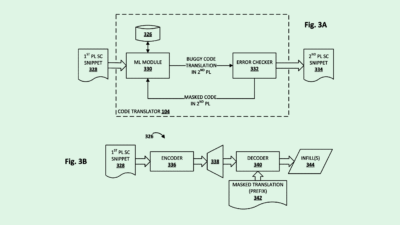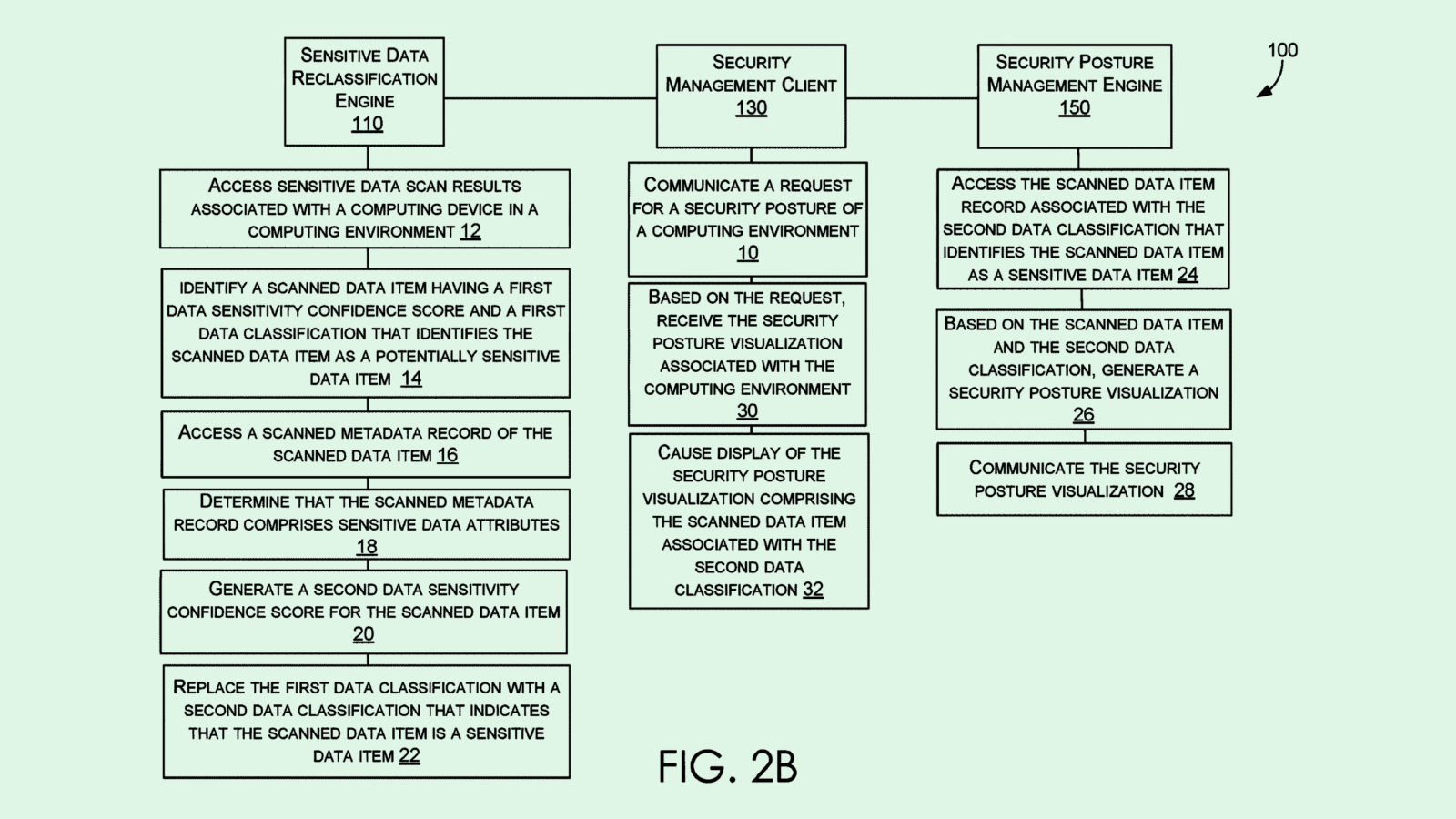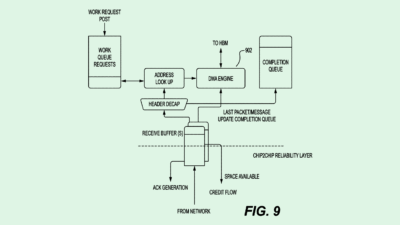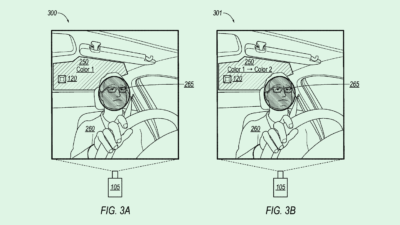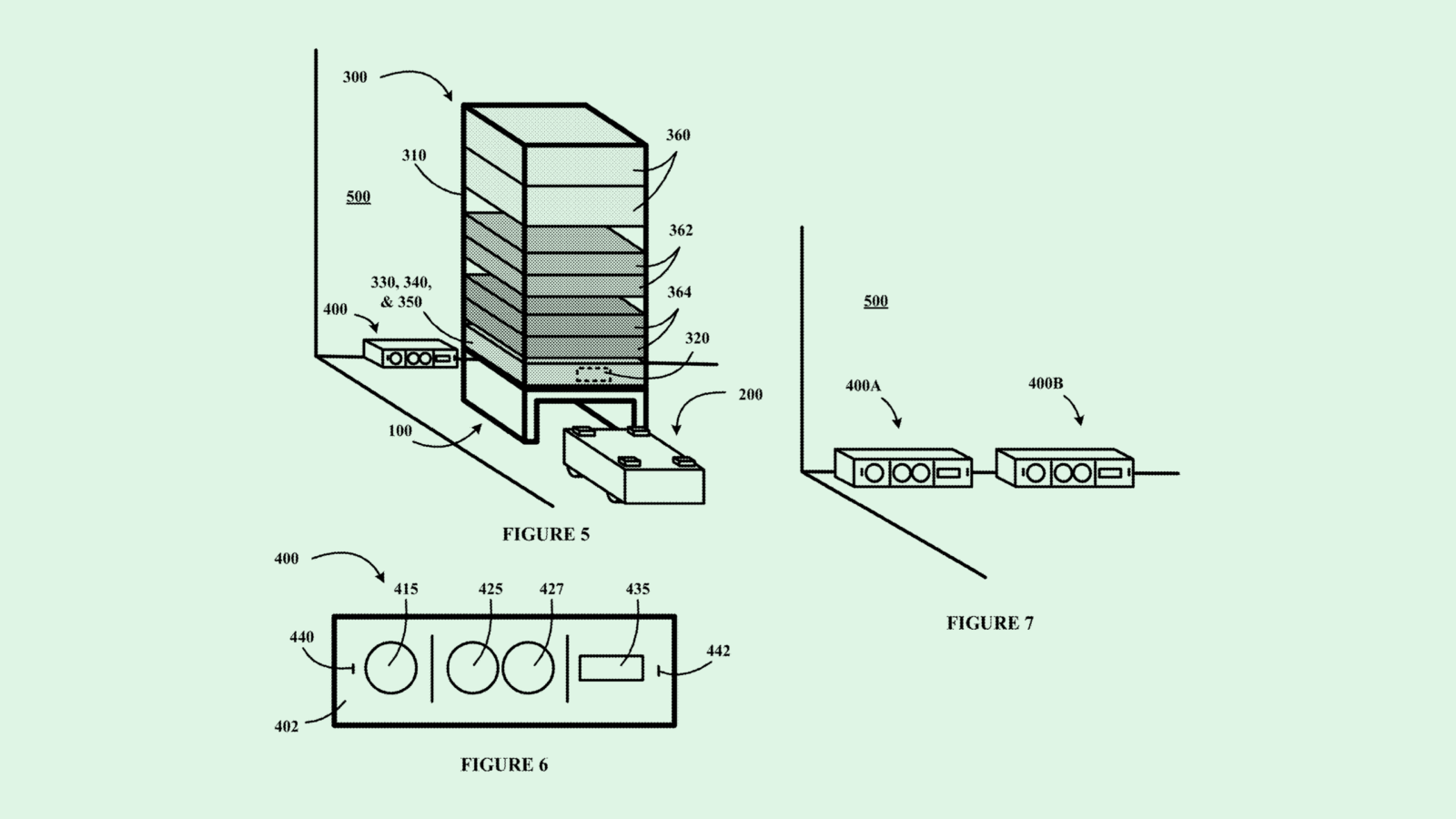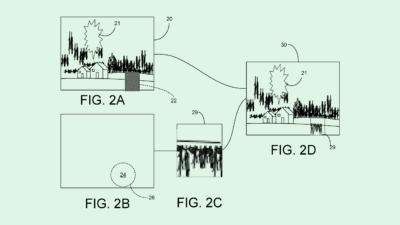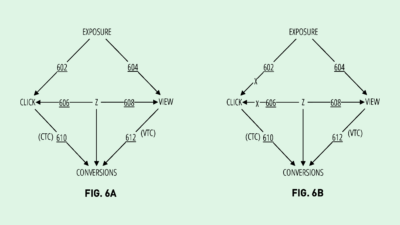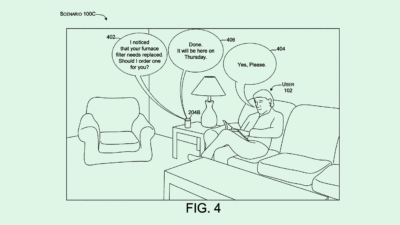Baidu’s Data Generation Tech May Sharpen its Self-Driving Reflexes
Baidu’s patent to tune up self-driving cars could help its fleet account for crazy drivers.
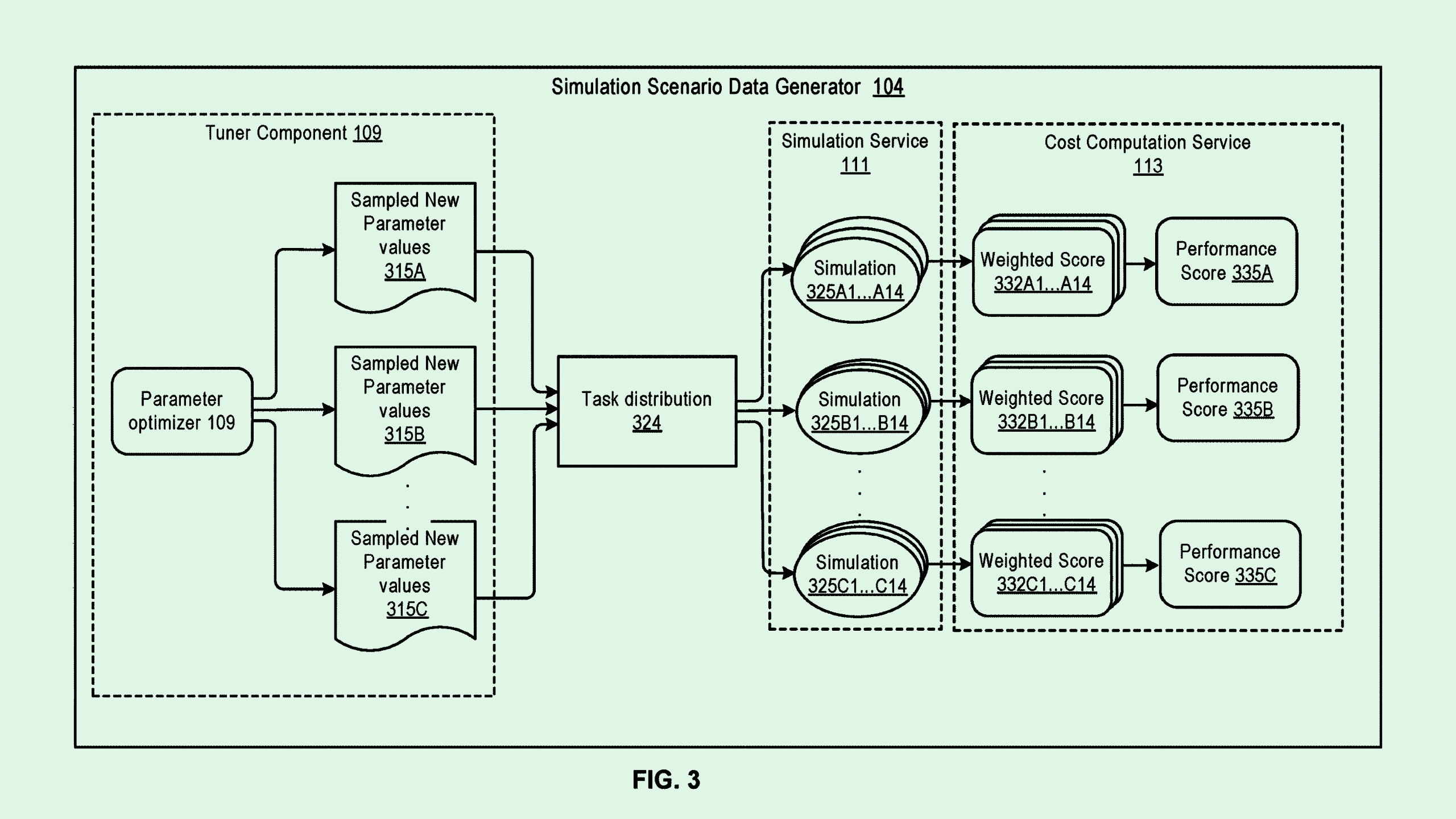
Sign up to uncover the latest in emerging technology.
Baidu wants to know what’s lurking around the corner.
Baidu USA, the Chinese company’s Silicon Valley-based research branch, filed a patent application for “automatic generation of corner scenarios data” to tune autonomous vehicles. To put it simply, this system generates data to simulate several “rarely-encountered driving scenarios” to better train a self-driving car to expect the unexpected.
A corner scenario doesn’t necessarily always have to do with a corner, but rather a scenario that’s often not encountered in real-world driving — such as going against traffic – thereby making authentic data scarce.
Baidu noted that simulations are often used to train an autonomous vehicle for these unexpected situations, “However, manually configuring such corner scenarios can be time-consuming, and cannot produce data that covers all possible scenarios.”
Here’s how it works: Baidu’s system first creates “parameter values” based on the parameters of the AI models that are driving the car. These values are factors that may influence the way the car drives, such as weather, traffic, road conditions or speed.
Then the system puts the model to the test with a simulation task and evaluates how the vehicle performed at that specific task under those conditions – without the car actually being on the road. If the model doesn’t meet a certain performance threshold during the simulation, those parameter values are saved and used to retrain the model to perform better at that specific scenario.
Baidu’s system does this over and over again for a “predetermined number of iterations” for several different scenarios, to make sure its robotaxis can’t be caught off guard.
While several tech companies have dreams of getting some sort of self-driving vehicle on the road, Baidu has self-driving dominance in China with its platform providing a cumulative total of 4.1 million rides since it first launched in August of 2022.
Autonomous driving capabilities have six levels — Level zero being no self driving at all, level one being simple driving assistance and level five being full automation and awareness of the driving environment. For reference, Tesla’s vehicles are only at level two, which requires a person in the driver’s seat at all times to take over if need be.
Baidu’s robotaxi fleet, however, has cracked level four, which can handle any normal driving conditions and scenarios without issue, and developed a level 5 vehicle in 2021 without a steering wheel or pedals. The company’s level four vehicles have driven more than 50 million kilometers in test mileage, and it has the most patents for high-level autonomous driving out of any company. The company won permits in 2021 to begin testing on California roads, making it the sixth company to get the greenlight in the state to do so.
However, keeping its robotaxis sharp takes a lot of data – something that US officials have raised concerns about. In November, a bipartisan group of lawmakers wrote a letter requesting information from Baidu and nine other Chinese companies relating to the data used to train self-driving vehicles, Reuters reported. The letter alleged that these practices “collect sensitive information” about U.S. citizens, infrastructure and technologies.

